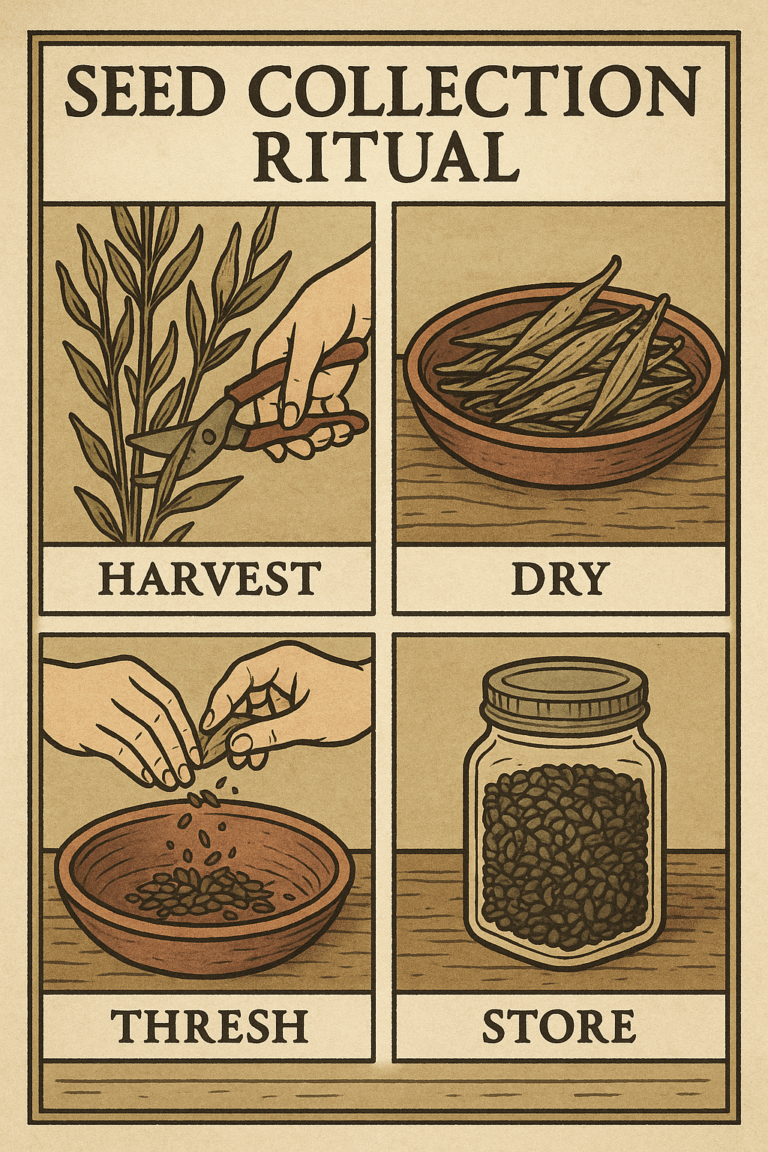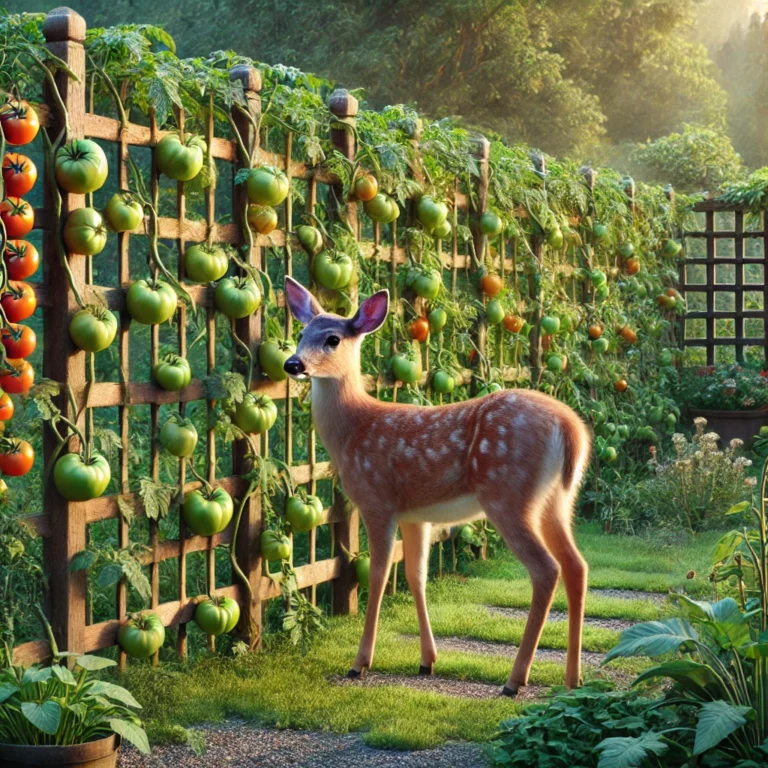Sustainable agriculture requires certain practices that stand out for their effectiveness in promoting soil health, building larger crop yields, and ensuring positive long-term agriculture productivity. While many crop-enhancing practices exist, crop rotation and cover crops are two of the strongest game-changers everyone can do while being budget-friendly. Finally, when you add innovative tillage techniques such as bio-drilling, no-till, and traditional tilling, you create a holistic approach to fertile soil management that will transform your garden and farm naturally.
The time-honored tradition of crop rotation
Crop rotation is a farming technique that involves growing different crop groupings in the same area but rotating them logically seasonally. The practice dates back to Sumerians and Egyptians as early as 6000 BC and optimizes soil nutrients, manages pests, suppresses weeds, and improves the overall soil structure.
Benefits of crop rotation
1. Nutrient Management: Crops have many nutrient requirements and contribute differently to the soil environment. For instance, legumes fix nitrogen in the soil, which can benefit other crops like cereals that are heavy nitrogen feeders.
2. Pest and Disease Control: Rotating crops disrupts the life cycles of pests and pathogens, reducing their generational growth and minimizing crop damage.
3. Soil Structure Improvement: Diverse root systems improve soil aeration and organic matter, which enhances soil structure and fertility.
4. Yield Improvement: Crop rotation can lead to more consistent and higher yields by maintaining soil health and reducing pest pressure.
Implementing a crop rotation plan
If we keep it simple, understanding the nutritional needs and the growth habits of different crops will allow us not to get overwhelmed. Our family followed a 4-year rotational method.
· Year 1: Legumes (beans, snow peas, peanuts, & chickpeas) – Nitrogen fixation.
· Year 2: Leafy vegetables (spinach, lettuce, kale, swiss chard) – Moderate feeders.
· Year 3: Root crops (carrots, beets, potatoes, radishes) – Deep soil nutrients.
· Year 4: Fruits (tomatoes, peppers, corn, cucumbers, squash) – High feeders.
I was taught this method with a considerable backyard garden, so rotating 5-10 feet between the years was not difficult. Now that I use raised garden beds, I treat each one as a different zone and rotate between them.
| Year | Zone 1 | Zone 2 | Zone 3 | Zone 4 |
| Year 1 | Legumes | Fruits | Root Crops | Leafy Greens |
| Year 2 | Leafy Greens | Legumes | Fruits | Root Crops |
| Year 3 | Root Crops | Leafy Greens | Legumes | Fruits |
| Year 4 | Fruits | Root Crops | Leafy Greens | Legumes |
Additional Crops: Nutritional needs and growth habits
| Crop Group | Examples | Primary Role in Rotation |
| Legumes | Peas, beans, clover, alfalfa | Nitrogen fixation, fertility enhancement |
| Cereal Grains | Wheat, corn, rice, barley | Staple food production, nutrient demand management |
| Root/Tuber Crops | Potatoes, carrots, beets, turnips | Soil aeration, nutrient scavenging |
| Brassicas | Broccoli, kale, mustard, cabbage | Weed suppression, disease control |
| Cover Crops | Clover, buckwheat, rye | Soil protection, organic matter addition |
| Solanaceous Crops | Tomatoes, peppers, eggplant | Heavy feeders, require rotation with nutrient-fixing crops |
| Cucurbits | Squash, cucumbers, melons | Diversify crop use, break pest cycles |
| Umbellifers | Carrots, parsley, celery | Deep soil aeration, pest management |
| Leafy Greens | Lettuce, spinach, chard | Quick nutrient use, secondary crop role |
| Oilseeds | Sunflowers, canola, flax | Add diversity, pest suppression |
| Forage Crops | Alfalfa, ryegrass, sorghum-sudangrass | Livestock feed, organic matter build-up |
Cover Crops Matter
Cover crops, also known as green manure, serve as the sustainable garden’s backbone, offering benefits beyond the growing season. As a backyard gardener, using cover crops in your crop rotation plan will transform the health and productivity of your soil. These crops are usually planted during off-seasons or between the main crops.
While they are not traditional cash crops, their value isn’t measured by what they produce above ground but by the hard work below. Some will break up dense, compacted soil with their deep roots, and others will fix nitrogen in the soil. As the garden, over time, depletes nutrients from the soil, these plants work to replenish and improve soil management. Cover crops are becoming increasingly popular among gardeners looking to maximize soil health and reduce the need for chemical fertilizers.
Benefits of using Cover Crops
1. Erosion Control: Cover crops protect the soil from wind and water erosion by providing ground cover.
2. Soil Fertility: They add organic matter to the soil, improving its structure and fertility. Leguminous cover crops, in particular, enhance nitrogen levels through fixation.
3. Weed Suppression: Dense cover crops can outcompete weeds, reducing herbicide need.
4. Pest and Disease Management: Some cover crops can deter pests or act as trap crops, reducing pests and using fungicides and pesticides.
5. Moisture Conservation: Cover crops help retain soil moisture by reducing evaporation
Implementing a cover crop plan
Selecting the right cover crop is based on the goals and conditions of your garden.
| Goal | Best Cover Crops |
| Nitrogen Fixation | Clover, Hairy Vetch, Field Peas |
| Erosion Control | Cereal Rye, Barley, Annual Ryegrass |
| Soil Compaction Relief | Daikon Radishes, Mustard, Turnips |
| Weed Suppression | Oats, Buckwheat, Rye |
| Pest and Disease Control | Mustard, Sorghum-Sudangrass |
| Organic Matter Addition | Rye, Sorghum-Sudangrass, Clover |
Cover crop practices involve the timing of planting and knowing when to terminate growth. Cover crops should terminated before flowering to help prevent reseeding and excessive plant nutrient demand. Gardners can terminate crops by mowing, mulching, crimping, decomposing, or tilling into the soil as green manure.
The favorite we typically plant year after year is winter rye. It suppresses the weeds and tills into the ground in the spring for excellent green manure. We also grow mustard as a cold-weather crop and have seen fewer pests in those areas the following season. Finally, we use Diakon Radishes to “Bio-Drill” to break up the clay soil. We only eat a few but leave the rest in the ground to decompose, giving back nitrogen and phosphorus that it stored in its relatively large taproot.
Balancing traditional and innovative tillage techniques
The agricultural preparation, tillage (soil preparation by mechanical agitation), has evolved significantly. While traditional tilling typically involves breaking up the soil to prepare for planting, modern techniques like bio-drilling and no-till are gaining popularity for their sustainability benefits and reducing the disruption of the soil food web.
Bio-drilling: Mother Nature knows what to do
Bio-drilling is an innovative technique that leverages deep-rooted cover crops to naturally penetrate and loosen compacted soil. The method enhances soil structure while not requiring mechanical intervention.
Implementing a Bio-drilling plan
Popular bio-drilling crops include cereal rye, daikon radishes, sunflowers, and Okra. All have a unique and robust root system capable of penetrating the hardpan layer up to 2 feet deep. Planting these crops in rotation with the main crops ensures continuous soil improvement and less compaction.
What are the benefits of Bio-Drilling?
1. Soil Aeration: Deep-rooted plants create channels in the soil, improving aeration and water infiltration.
2. Reduced Compaction: Bio-drilling alleviates soil compaction, promoting healthier root growth for subsequent crops.
3. Enhanced Nutrient Access: Deep-rooted cover crops access nutrients from deeper soil layers, bringing them to the surface for other crops to use
4. No-Till Approach: Letting the roots naturally decompose aids with organic matter for the soil ecosystem.
No-Till Farming: The ultimate in soil conservation
No-till farming involves growing and harvesting crops without disrupting the soil through tillage. Adopting the practice of no-till farming will maintain and improve the soil structure while conserving moisture and reducing erosion.
No-Till Farming: Soil Conservation at Its Best
No-till farming, as the name suggests, involves growing crops without disturbing the soil through tillage. This practice maintains soil structure, conserves moisture, and reduces erosion.
How to implement no-till farming
To implement a no-till process will require a bit of planning and management. Farmers may use specialized planting equipment designed for no-till systems, but a regular gardener can focus on cover crop integration to manage weeds and improve the soil.
Benefits of no-till farming include:
1. Soil Health: No-till maintains soil structure and organic matter, promoting a healthy soil ecosystem.
2. Erosion Control: Undisturbed soil is less prone to erosion from wind and water.
3. Moisture Retention: No-till helps retain soil moisture, reducing the need for irrigation.
4. Carbon Sequestration: No-till farming can sequester carbon in the soil, mitigating climate change.
Traditional Tiling: is it still relevant in this modern age of farming
While no-till and bio-drilling techniques offer countless benefits, traditional tilling currently remains relevant, particularly for soil preparation and weed management. Tilling in this fashion should be done cautiously, considering environmental concerns like soil conditions and the overall ecosystem of the land. Reduced tillage, where only topsoil is disturbed, is an excellent and commonplace compromise.
So, what are the Benefits of Traditional Tilling
1. Soil Preparation: Tilling prepares a smooth seedbed, ensuring good seed-to-soil contact for germination.
2. Weed Control: Tilling can effectively manage weeds, reducing competition for resources.
3. Organic Incorporation: Tilling incorporates cover crops and organic matter into the soil, enhancing fertility.
Best practices for maximum benefits
Successful soil management strategies often involve a combination of crop rotation, cover crops, and an appropriate tilling method. By integrating these practices, farmers and gardeners can create a sustainable and productive farming system that benefits the environment. The practical tips in summary are:
1. Plan Crop Rotations: Develop a crop rotation plan that includes the cover crop method for your main crops’ nutrient and pest management needs.
2. Choose the Right Cover Crops: Select cover crops that fit your goals, whether nitrogen fixation, erosion control, or bio-drilling.
3. Adopt No-Till Gradually: Transitioning to no-till can be challenging. Start small and gradually expand your no-till areas as you gain experience.
4. Monitor Soil Health: Regularly test your soil to monitor changes in nutrient levels, organic matter content, and structure. Then, adjust your practices based on the results.
In conclusion, you decide.
Using crop rotations, cover crops, bio-drilling, no-till, and traditional tilling represents a robust and comprehensive approach to sustainable soil management. The practices enhance the soil’s health and fertility and contribute to the harvest’s productivity. Adopting these strategies will ensure responsible stewardship of the agricultural system for generations ahead.




